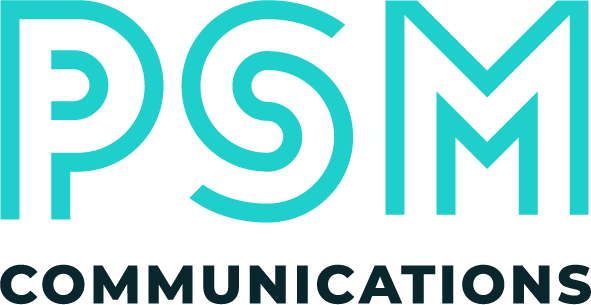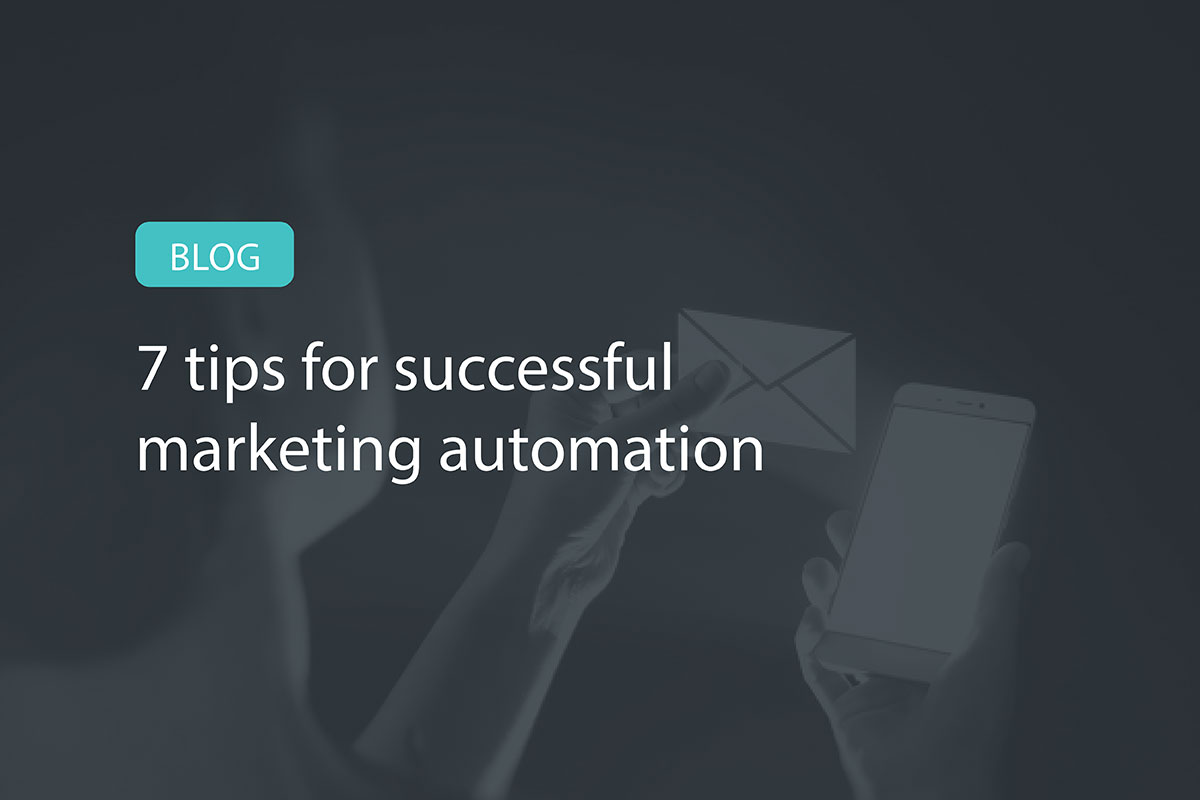“It’s possible to automate your marketing, really?” Well, you can automate most things today, can’t you? Whether your challenge is upping conversion, improving customer experience or aiding sales, it’s more than likely you can find an automated, ready-made marketing solution already out there. Every day there seems to be impressive new marketing technology entering the market. We’re becoming spoilt for choice.
It wasn’t long ago, that many people perceived marketing automation as something that was exclusive to the big players; such was the heavy investment required.
However, fast-forward to 2018 and high-end automation software is now abundantly available and almost all companies – large or small – have automated marketing in some form or another.
Sending out marketing emails, scheduling social posts & connecting to hundreds on LinkedIn is all now possible at the click of a button.
However, automation whether at a beginning or advanced level can come with risk. At some point I suspect we’ve all received the dreaded ‘Dear First Name’ email or the “Dear {blank space}” welcome, to our emails, have we not?!
So, how can you set yourself apart, enjoy the benefits and avoid the common automation mistakes?
Here’s our 7 tips:
Start with baby steps
I recently attended the B2B marketing conference in London and a piece of advice that stuck with me was if you’re a new adopter of marketing automation/tech start small, take baby steps. You don’t need to invest in a huge marketing technology stack from the off. Take the small steps, do them really well and after a while you’ll look back and realise how far you have come. I think this is particularly important for professional services firms.
Don’t Automate Everything
“Automating tweets means that you want people to listen to you, but you are unwilling to listen to them. There is no such thing as automated engagement.”
– Scott Stratten, unmarketing.com
Marketing automation is a great way to personalise content that you otherwise wouldn’t personalise, particularly at scale. However, when automation removes personalisation and connection in a place where its expected, i.e. on Linkedin, then it can often drive people away. As Scott Stratten notes truly engaging with customers can’t be automated – it’s a 2-way street.
Marketing Personas
“It’s critical to have some basic personas established when working with marketing automation. Joe the sales guy, Sandra the marketer, Bob the analyst are just a few examples. Once you have your targeted personas you are able to identify prospective customer segments, and understand and define interactions with these personas.”
– Stefani Horton, GoodData
Automation, at its best, should not appear to be automated. No customer wants to feel like their talking to a robot, and as the importance of customer experience is discovered it becomes a fine line between functionality and personality. Building ‘personas’ not only helps combat this robotic feel, but as Stefani Horton notes helps you ‘identify prospective customer segments’.
Map your Lead Flow
“This is likely the most single biggest differentiator we see in companies that are successful with marketing automation. They’ve taken the time to map out the lead management flow, captured all the trigger points that affect lead routing, and have one process for all leads that is used by everybody. What’s the alternative? You can’t automate a process that doesn’t exist.”
– Mairi Burns, Dunthrope Marketing Group
Marketing automation gives great opportunity for you to create a ready-made process. However, trying to automate a process that doesn’t exist will lead to failure. You should conduct an audit of your organisation to help understand your lead flow, what processes you have and what you don’t have. If you don’t have a process, make sure to document the trigger points that affect lead routing and create one. Automating a process that isn’t designed to be automated could end up letting you down.
Test your Results
“We’re all learning here; the best listeners will end up the smartest.”
– Charlene Li, Author of Groundswell
Automated marketing will always be a process of trial and error. Regularly analysing your campaign data will help future automation efficiency. Using email marketing as an example, you should always A/B Test your email campaigns. By finding out what messages work best, or what time they should be sent for optimal conversion, you can fine tune your automation so that it yields improved results. If you don’t do this, your automation will most likely fail.
Be as Dynamic as Possible
“Don’t force your leads into one or two tracks. Nurture is a framework for your content, not a story with a fixed plot. Each lead chooses his own adventure.”
– Josh Thorngren, Lead Lizard
The more dynamic your automation, the better. Funnelling everyone into one or two pathways of automation is simply not good enough, as clients won’t all fit into two categories. The more personalised your funnel process is the more successful it will be, and so having a responsive process – rather than a linear pathway – will increase engagement.
PLAN, PLAN & PLAN
40% of IT projects fail because of poor planning
– Watts S Humphrey, IBM 2005
I cannot reiterate enough the importance of planning. Map your lead flow, test your results for future planning, decide what to automate and be dynamic with your processes. Automation can be highly successful and efficient if done well; it can free up so much valuable time that can be spent on other pressing activities, but equally it can cause embarrassment and unhappiness if poorly executed. Remember, the messages you send out represent your firm so automating it is a risk – but if you fully plan every step and process, every time, you’ll realise the wonderful benefits it can bring.
Interested in finding out more about marketing automation? Click here to get in touch.

